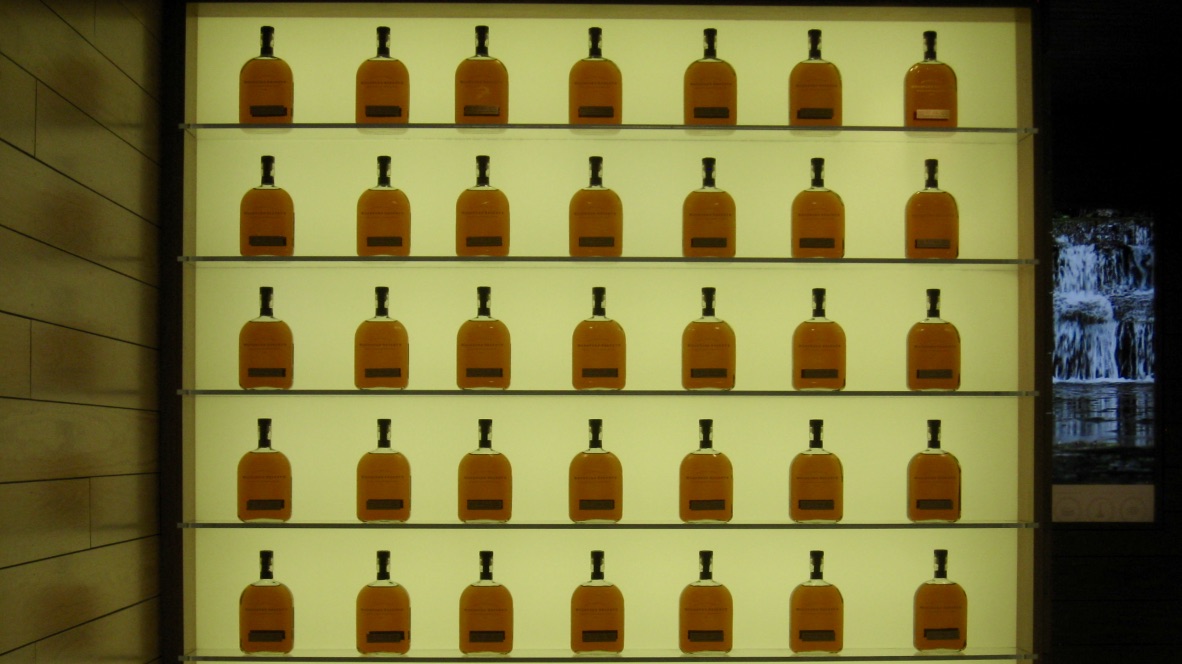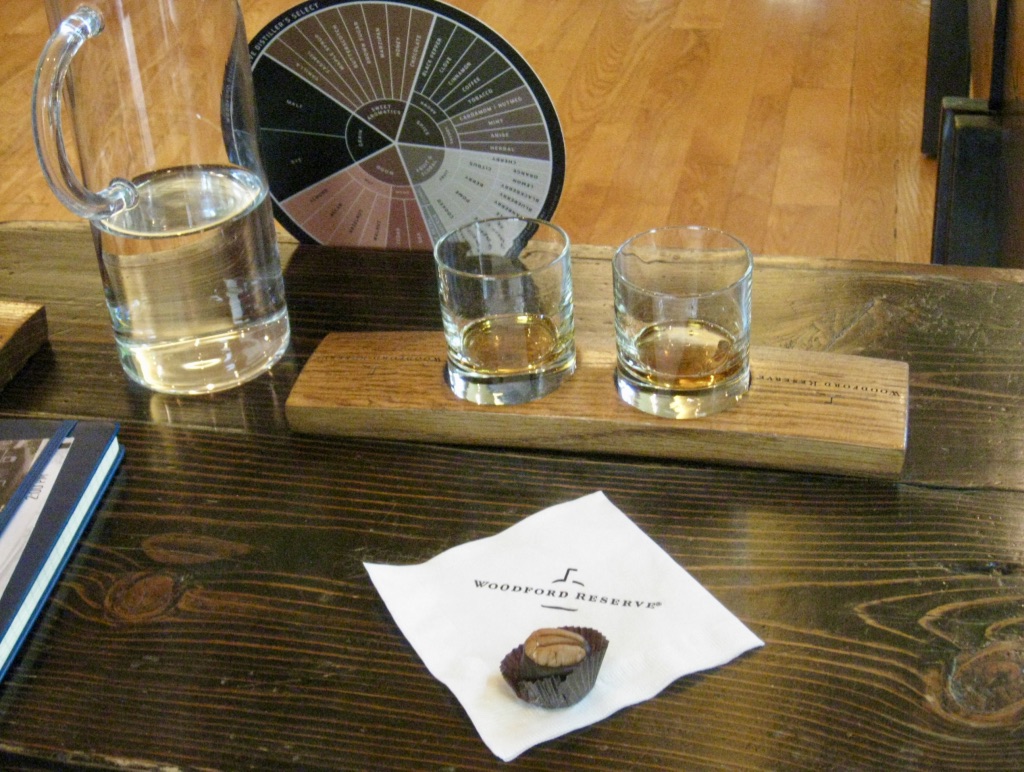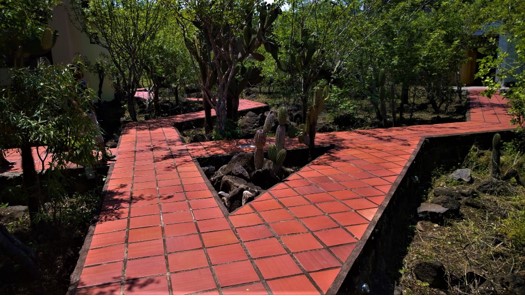Our fourth in the holiday series of insights.
Every visitor point of interaction plays a reinforcing part. Do you use tickets or some form of confirmation of entry payment ? Have you thought about what additional purpose that item could play?
When visiting the Museo Maya de Cancun, Mexico I was struck by their use of beautiful quality colour photographs on their ticket stub. They portrayed other heritage sites within the management responsibility of the Mexico Instituto Nacional de Antropologia Historia. For me as a visitor I was made aware of another heritage site I had previously not known about. This acted as an excellent way to cross promote visits to their partner sites. This ticket stub photograph idea could be used in many ways -what if you wanted to highlight items at your own place like various out-of-the-way artifacts or trail viewpoints or… With a little imagination this first contact with the visitor could really be employed as a site enticement, a curiosity stimulator or conversation starter.
The Robert Bateman Art Gallery in Victoria , Canada uses the back of their ticket stub as a personal message from the Robert Bateman Foundation. They also used a colour image of one of Robert Bateman’s paintings to catch your attention. The opening remark "Robert Bateman sincerely hopes you enjoy this exhibition," was powerful for me and to tell you the truth shocking-in a very pleasant way. This was an attempt to have the artist speak directly to the visitor.
The message continued with this as its core : " All proceeds go to the Bateman Foundation which operates this gallery as well as other programs, which recognize that a deep and abiding relationship with nature is central to the human experience." Another way for me the visitor to feel good about supporting this cause as well as getting an inside picture of the ongoing mission. of the place.
The closing sentence "On behalf of all of us at The Bateman Foundation-thank you so much for coming." Simple, impressive and effective. By the way i highly recommend a visit, as the gallery employs a variety of presentation methods not commonly seen in art galleries.
We’ll chat again Monday.
PS. Truth be told I have used both of the above tickets as mini-keepsake bookmarks.

















